16 Nights / 17 Days

This 17-day tour will appeal to those looking to take ‘the road less travelled’ through the regions of Puglia and Basilicata, and on to the famous archaeological sites of the Bay of Naples. We explore sites ranging from the cave dwellings of Matera to ancient Greek colonies, fine Norman castles and cathedrals and the striking scenery of the Salentine peninsula. Along the way we enjoy the fine food and hospitality that is traditional in southern Italy, a region still delightfully free of mass tourism. An optional four-day extension to Capri and Amalfi is also available.
Experience
The history and classical archaeology of southern Italy on display at Paestum, Pompeii and Herculaneum
Thousands of years of history ranging from the Greek colonists and the Romans in the classical age to the Arabs, Normans, Germans, Aragonese, Spanish, Bourbon and French
The rich diversity of landscapes, from rugged mountain ranges to stunning Mediterranean scenery
The excellent regional food and wine traditions of southern Italy
HIGHLIGHTS
The ‘Southern Baroque’ architecture of Lecce
Unique ‘sassi’ cave dwellings in Matera, one of Italy’s most remote cities
The medieval castles and cathedrals of Puglia, built by Norman and German rulers
The battlefield of Cannae, where Hannibal defeated the Romans in 216 BC
Hidden artistic and architectural gems of Naples seen by relatively few tourists
Paestum, Pompeii and Herculaneum – Europe’s premier archaeological sites
Capodimonte, one of Italy’s finest art galleries
Italy’s most important archaeological museum in NaplesReturn international/domestic air travel unless those flights take place during the tour
Special taxes and airport levies that can only be paid in cash at the destination. We will advise you of these charges (if any) before you depart
Costs involved in obtaining visas for countries visited, where required
Travel insurance. We require all participants to have comprehensive travel insurance. A typical policy for one of our tours will cost from $160 upwards, depending on your age, pre-existing medical conditions, the countries you are visiting and the overall length of your trip
Lunches and dinners not specifically mentioned as included in the itinerary
Personal expenses such as laundry and phone calls
Costs associated with any activity mentioned as “optional” in the itinerary, or any suggested free time activity
Meet your tour leader Dr Estelle Lazer at Rome Fiumicino airport, where the tour begins. There is a group flight to Brindisi and a coach transfer to Lecce, a journey of about 45 minutes. We check into our hotel and, after time to freshen up, meet in the hotel restaurant for a light dinner. Overnight Lecce
After a talk in the hotel, a local guide takes us on a walking tour of Lecce, the crown jewel of the Mezzogiorno. There is a fine range of monuments to visit, including Roman ruins and the exuberant 16th and 17th-century baroque architecture spread throughout the town. There is clear evidence of the Roman heritage of Lecce but it is most notable for its vibrant ‘Southern Baroque’ architecture, an expressive and highly decorative incarnation of the genre replete with gargoyles, asparagus columns and cavorting gremlins. The afternoon is free to explore or relax, then in the evening we have our welcome dinner at a local restaurant. Overnight Lecce
This morning we visit the seaside town of Otranto, home to a superb 12th-century Norman cathedral with spectacular medieval floor mosaics, and an Aragonese castle from the time when this Spanish dynasty ruled southern Italy. We travel south on the Salentine peninsula to enjoy a food and wine tasting in a traditional Masseria farmstead. The area is known for its wine, cheese and olive oil. As we head back to Lecce we visit a local olive oil farmer to taste the local produce. Overnight Lecce
Today we travel north to Matera, via the town of Brindisi, the end point of the Appian Way; from here Romans, and later pilgrims, set off for the east. Our next stop is Taranto, once a major centre of Magna Graecia and an important port on the Ionian coast throughout the 4th century BC. Taranto was first colonized by the Taras, Spartan Greeks who arrived in Puglia around 700 BC. Tarentum as it was then called quickly grew to become one of the most opulent cities and important ports of ancient Greece. Many objects recovered from the sites and tombs in the region can be seen at Taranto’s National Archaeological Museum. The museum dates from 1887 and its collection of Greek and Roman antiquities is considered to be one of the most important in Italy. We continue on to Matera, arriving late afternoon. This evening we have dinner at a local restaurant. Overnight Matera
Today we take a walking tour of the ancient city of Matera, beautifully situated on the edge of a gully. The town is famous for its unique ‘sassi’, some 1,500 ancient cave dwellings that honeycomb the flanks of a steep ravine. First occupied in the Paleolithic Age, the of myriad natural caves were gradually burrowed deeper and expanded into living spaces by peasants and artisans throughout the classical and medieval periods. Today, these underground residences are being reinhabited by Italians, and staying in one of the sassi cave hotels has become one of Europe’s most exotic new experiences. By contrast, the so-called “New Town,” has many elegant Baroque churches, palazzi, and broad piazzas to explore. Overnight Matera
We leave Matera this morning for Trani, stopping en-route to visit the nearby town of Alberobello. An amalgamation of more than 1,000 trulli, ancient beehive-shaped dwellings huddled together along steep, narrow streets, is a unique and striking phenomenon. These curious structures were built at least as early as the 13th century. We continue on to Egnazia an important Messapian centre during the 5th century BC, fortified with over 2km of walls, large parts of which still stand in the northern corner of the ruined town – up to 7 metres high. It was later colonized by the Greeks and then the Romans (in 244 BC), who built a forum, amphitheatre, a colonnaded public hall and temples. Horace is known to have dropped by here to see the city’s famous altar, which ignited wood without a flame. Our final stop today is Trani, our base for the next three nights. This evening we dine together in a local restaurant. Overnight Trani
This morning we enjoy a relaxed walking tour of Trani. The beauty of this waterfront town derives from the harmonious limestone architecture, a fine Norman cathedral and a large Norman-Swabian fortress lining its two bays. In the afternoon, we travel to nearby Bitonto to visit the largest cathedral in Puglia, not well known but very much worth a visit. It boasts impressive Romanesque architecture and well-presented excavations dating back to the 5th century. Overnight Trani
Today we visit a range of sites a short distance inland from Trani. First, we stop at the site of the battlefield of Cannae, where in 216BC the Carthaginian general Hannibal routed the Roman army. There is a small museum at the site and a viewing platform which allow for a good understanding of this famous event. We continue on to Puglia’s principal archaeological centre Canosa di Puglia, to visit the ancient acropolis and the hypogeum, first used by Dauni as pagan catacombs. We visit the Archaeological Museum of Palazzo Sinesi, and the Cathedral of San Sabino, built by the Lombard’s in the 7th-8th century. Overnight Trani
Today we make the journey across Italy to Vietri sul Mare, the gateway to the Amalfi Coast. En route we visit Castel del Monte a remarkable octagonal fortress built by the medieval emperor Frederick II and one of the most significant medieval buildings in southern Italy. The design and purpose of the castle is somewhat mysterious and has been hotly debated for centuries. We continue on to the town of Melfi, home to the National Archaeological Museum of Melfese, with artefacts found in the area, from prehistoric times and all periods of settlement including the Daunian, Samnite, Lucanian and Roman periods. This evening we have dinner in the hotel. Overnight Vietri sul Mare
Well before the Roman settlement of the Bay of Naples, Greeks had established a network of colonies and trading ports up and down the coast of southern Italy. After a background talk this morning we visit Paestum, the best preserved of the Greek settlements in the region. Here we view the three fine Doric temples, impressive town walls and other structures of the ancient town. In the afternoon, we visit the excellent museum at the archaeological site, containing the famed ‘Tomb of the Diver’ and other important examples of pre-Roman culture. The area around Paestum is also famous for its mozzarella cheese made from buffalo milk. We will stop at a dairy and sample some of this local delight. Overnight Vietri sul Mare
Ravello sits high atop a peninsula that offers stunning views of the Mediterranean and the dramatic coastline below, the Villa Cimbrone is the crown laurel of Ravello. Its origins date back to the 11th century, but the villa and the gardens were extensively renovated in the early 20th century. The Villa Rufolo, whose former residents include composer Richard Wagner and film star Greta Garbo, overlooks the Piazza Vescovado and is the historical and cultural centre of Ravello. Afterwards we take the winding road down to meet the famous Amalfi Coast drive, travelling back to Vietri sul Mare where we have the afternoon at leisure to perhaps visit the cathedral to admire the cupola adorned with painted majolica or visit the many ceramic shops. Overnight Vietri sul Mare
Herculaneum is smaller and less visited than Pompeii, but is in many ways a better-preserved site, with mosaics, paintings and even wooden architecture and furniture still to be found in situ. Unlike Pompeii, which was an agricultural centre, Herculaneum was a ‘resort’ town on the coast, and the site features large seafront houses as well as the baths, shops and other public buildings that one expects to find in a Roman town. If possible we will also call in at the Herculaneum Conservation Project, an important international effort to preserve the ruins of one of the world’s leading archaeological sites. In the afternoon, we visit the Imperial ‘Villa of Poppea’ at Oplontis, a massive structure with well-preserved frescoes on the walls. The villa is believed to have belonged to the Emperor Nero and used by his second wife Poppea Sabina. Early evening we check in to our hotel set right on Naples’ seafront promenade, and stroll to a local restaurant for dinner. Overnight Naples
This morning we visit Italy’s most important archaeological museum with its outstanding collection, housed in a fine Bourbon building, containing a wealth of paintings, mosaics, sculptures and everyday objects from Pompeii, Herculaneum and the Bay of Naples. It also houses the ‘Farnese collection’, Roman works assembled in the Renaissance by the aristocratic Farnese family and acquired through marriage by the Bourbons. The museum itself, housed in a splendid palace, is a testament to the influence of the European Enlightenment in Naples. This afternoon is at leisure. Overnight Naples
Naples boasts over 900 churches, testimony to a wide range of architectural styles and repositories of spectacular artworks. This morning we visit just three of these: San Giovanni a Carbonara, a treasure trove of marble sculpture and 15th-century frescoes, coupled with a majolica mosaic floor; the Cathedral, with its fascinating multilayered architecture; and finally the Pio Monte della Misericordia to view Caravaggio’s Seven Acts of Mercy, painted in 1607. We then venture underground to Napoli Sotterranea, to explore the complex layered history of the city, and stroll back through vibrant Spaccanapoli along the decumani, the ancient Greco-Roman thoroughfares. Overnight Naples
We travel to Pompeii, where we spend the day exploring the private and public buildings which have captured the imagination of visitors since the ruins were discovered in the 18th century. Pompeii offers a huge variety of ruins, and there will be some free time for individual exploration as well as the structured visit. Our tour here ends at the Villa of the Mysteries, a large villa on the town’s edge with superb frescoes. Overnight Naples
The Palace of Capodimonte is in the hills above Naples. Once a royal hunting lodge, the palace is today a world-class art gallery, containing paintings by Raphael, Titian, El Greco and Botticelli, as well as fine examples of Neapolitan silver and majolica ceramics. We return to Naples in the afternoon where, time permitting and for those who still have some energy, we stroll up the Via Toledo to view the Caravaggio painting in the Banca Commerciale and the majolica cloister of the Santa Chiara monastery. This evening we enjoy our farewell meal together at an excellent local restaurant. Overnight Naples
After a morning check-out, there is a coach transfer to Fiumicino airport for those on late afternoon or early evening flights. Depending on participants’ onward travel plans, the coach may continue into central Rome.
Academy Travel is an Australian-owned travel company, dedicated to providing tailored small group journeys for individuals and associations. Academy Travel is a qualified travel agency. As well as managing your tour booking, our experienced consultants are happy to assist with all aspects of your travel, including international flights, pre and post-tour accommodation and travel insurance. Read More...
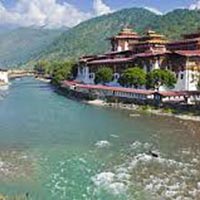 15D/14N
15D/14N
 8D/7N
8D/7N
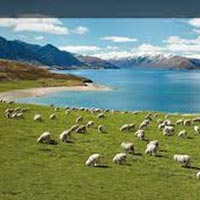 10D/9N
10D/9N
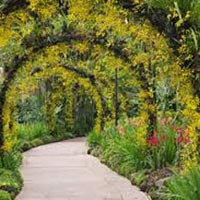 4D/3N
4D/3N
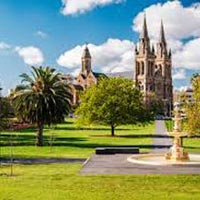 6D/5N
6D/5N
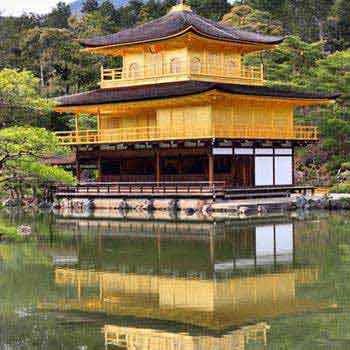 16D/15N
16D/15N
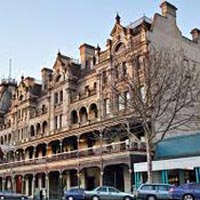 8D/7N
8D/7N
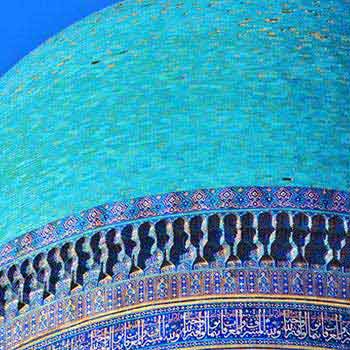 17D/16N
17D/16N
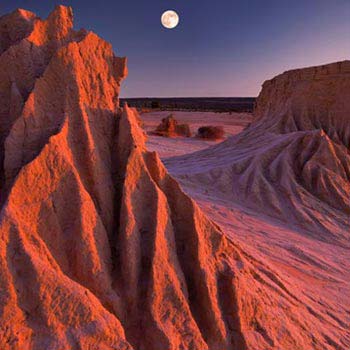 9D/8N
9D/8N
 17D/16N
17D/16N
4 Countries: Kenya - Vic Falls - Botswan..
Gaborone - Nairobi - Lusaka - Dodoma
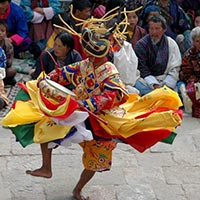 17D/16N
17D/16N
Bhutan Enchanting Tsechu-Festival Tour
Paro - Thimphu - Punakha - Wangdue Phodrang - Trongsa - Bumthang - Mongar - Trashig..
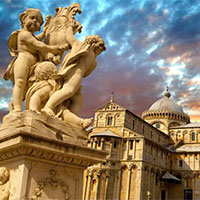 17D/16N
17D/16N
Rome - Pisa - Prato - Venice - Padova - Milan - Lugano - Engelberg - Lucerne - Colo..
 17D/16N
17D/16N
Mumbai - Rome - Pisa - Padua - Innsbruck - Salzburg - Interlaken - Geneva - Paris -..
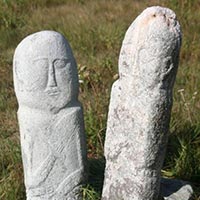 17D/16N
17D/16N
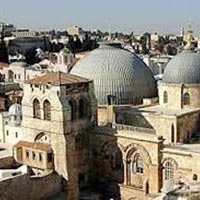 17D/16N
17D/16N
Apollonius Vacation Package: 17 Days
Ankara - Konya - Canakkale - Haifa - Acre - Nazareth - Istanbul - Istambbul - Efeso..
 17D/16N
17D/16N
 17D/16N
17D/16N
17 Days Package Tour Indochina Panorama
Hanoi - Ho Chi Minh City - Siem Reap - Luang Prabang - North Pole - Cantwell - Llan..
 17D/16N
17D/16N
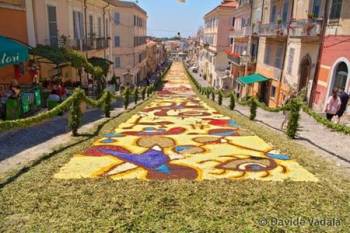 7D/6N
7D/6N
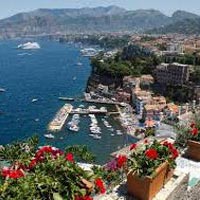 5D/4N
5D/4N
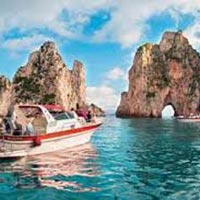 3D/2N
3D/2N
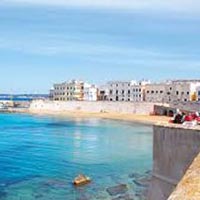 8D/7N
8D/7N
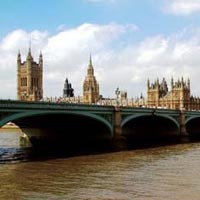 19D/18N
19D/18N
Magnificent Europe Holiday Package
London - Paris - Innsbruck - Cannes - Barcelona - Tunis - Naples - Rome - La Spezia..
 10D/9N
10D/9N
Italy Holiday Package 09 Nights - 10 Days
Milan - Venice - Florence - Naples - Rome
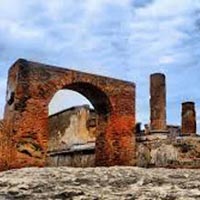 9D/8N
9D/8N
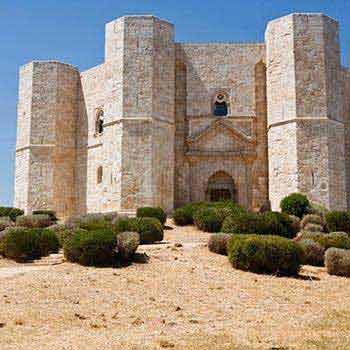 17D/16N
17D/16N
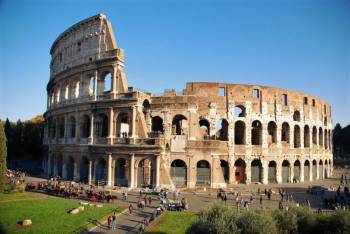 8D/7N
8D/7N